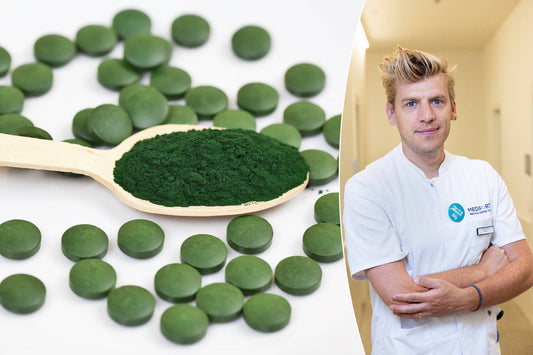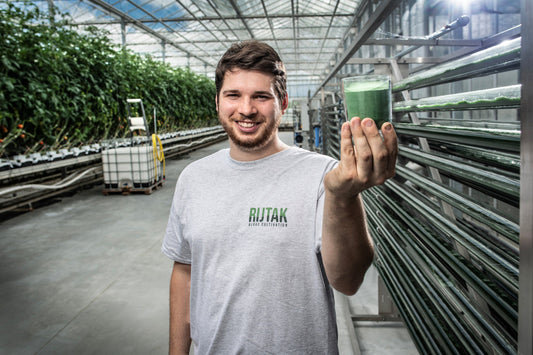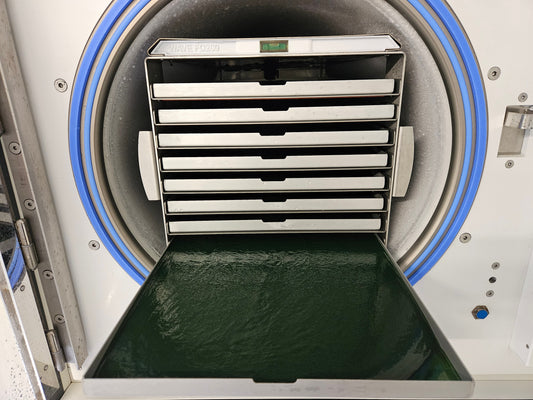What are microalgae?
Microalgae are microscopic algae that belong to the group of single-celled organisms. They thrive in watery environments ranging from freshwater springs to oceans, and have an extraordinary ability to convert sunlight into energy through photosynthesis. These microalgae are the basis of the marine food chain and are increasingly recognized as a valuable source of nutrients.
Types of microalgae
There are thousands of different types of microalgae, each with their unique characteristics and nutritional profiles. Some well-known types are:
Spirulina
Chlorella
Dunaliella
Haematococcus pluvialis
Nannochloropsis
Isochrysis
Why we choose Spirulina
Spirulina is rich in essential nutrients, including proteins, vitamins, minerals and essential fatty acids. It is considered a complete protein source due to the presence of all essential amino acids. Spirulina is easy to consume in various forms, such as powder, tablets or capsules, which makes it attractive for daily use.
Additionally, Spirulina is associated with improved immunity, increased energy and has potential as an anti-inflammatory and antioxidant. The familiarity and availability of Spirulina also contribute to the preference for this microalgae over other algae species. Although Spirulina is popular, it is important to remember that other algae species have unique nutritional profiles and may provide different health benefits.
Microalgae as a sustainable source of nutrients
What makes microalgae even more special is their sustainable nature. They require minimal resources and space to grow compared to traditional farming. Because of this, they are considered an environmentally friendly source of nutrients and proteins, which is crucial in times of growing global food needs and environmental problems.

The impact of microalgae on our body
Consuming microalgae, such as Spirulina, can have a significant impact on our health. They can boost the immune system, increase energy levels, support digestion and even aid in weight management. In addition, they contain powerful antioxidants that fight harmful substances and reduce inflammation.
The future of Spirulina and microalgae
The future of Spirulina and other microalgae looks promising. They are increasingly integrated into food and health products, allowing people around the world to enjoy their benefits. Furthermore, microalgae can play a crucial role in the pursuit of sustainable food production and a reduced ecological footprint.
Conclusion
Microalgae, like Spirulina, are little powerhouses of nutrients and offer numerous health benefits. Their sustainable character makes them even more attractive to a growing world population. It is clear that microalgae are a promising source of nutrients and well-being for the future.




